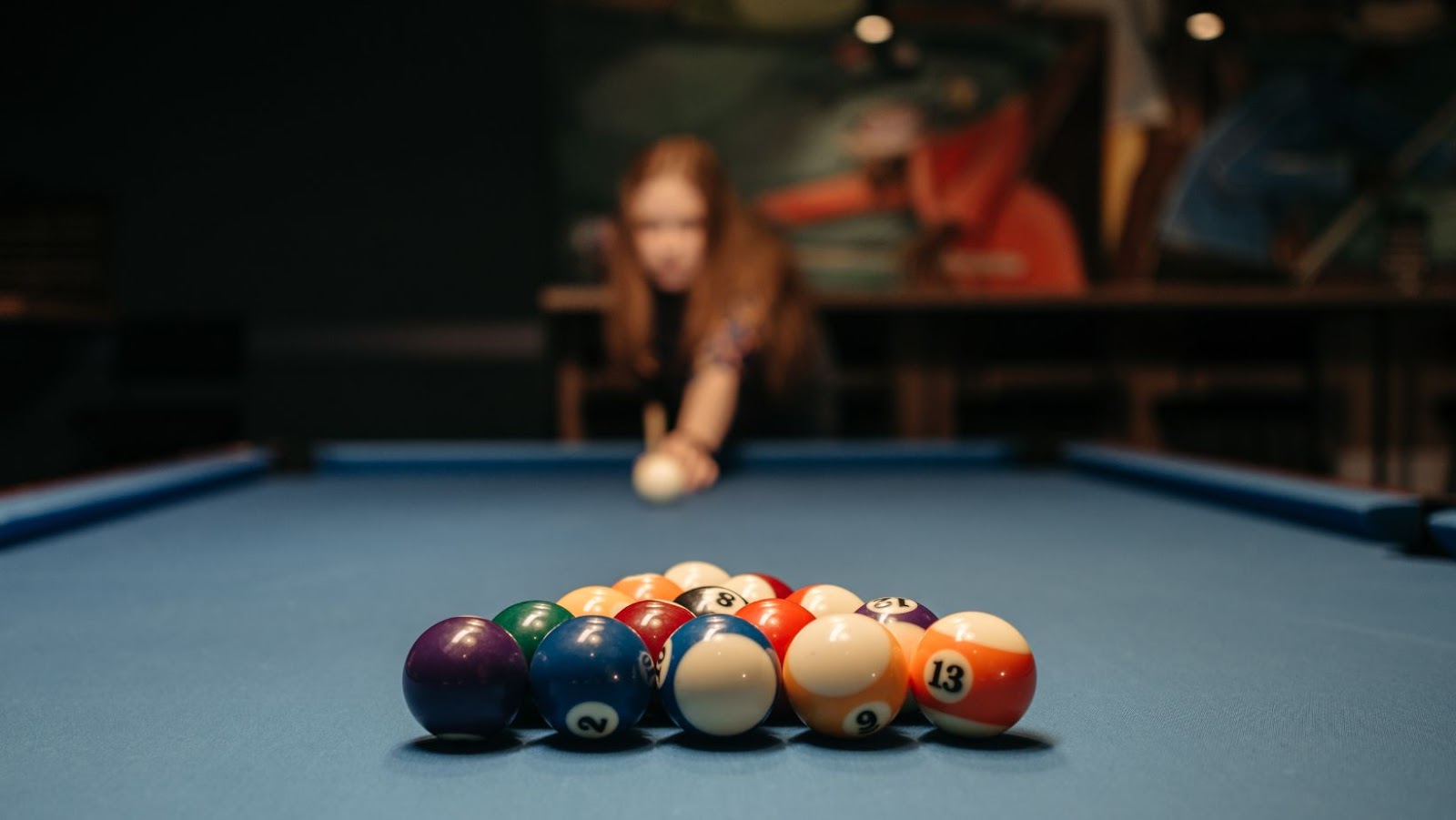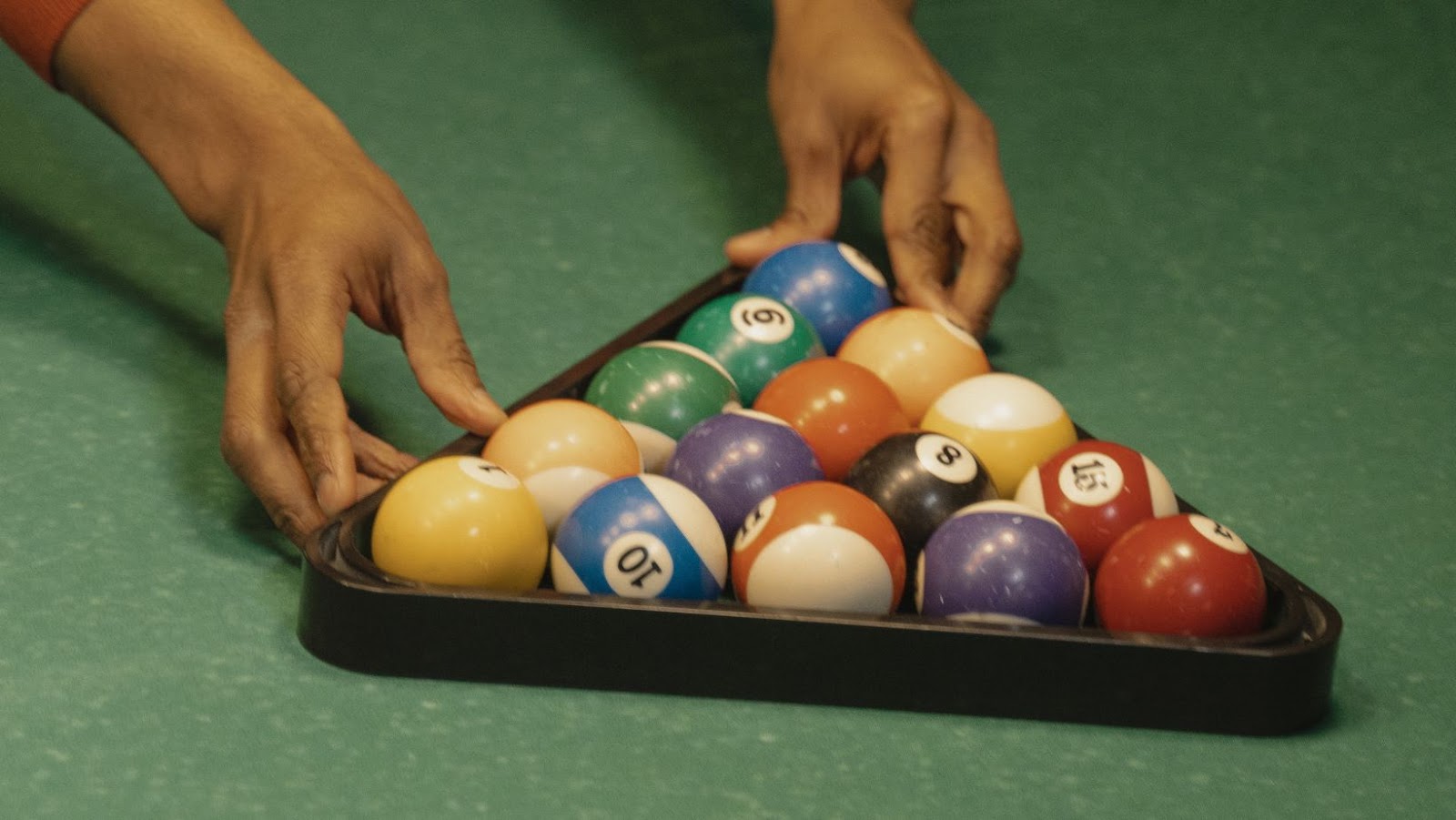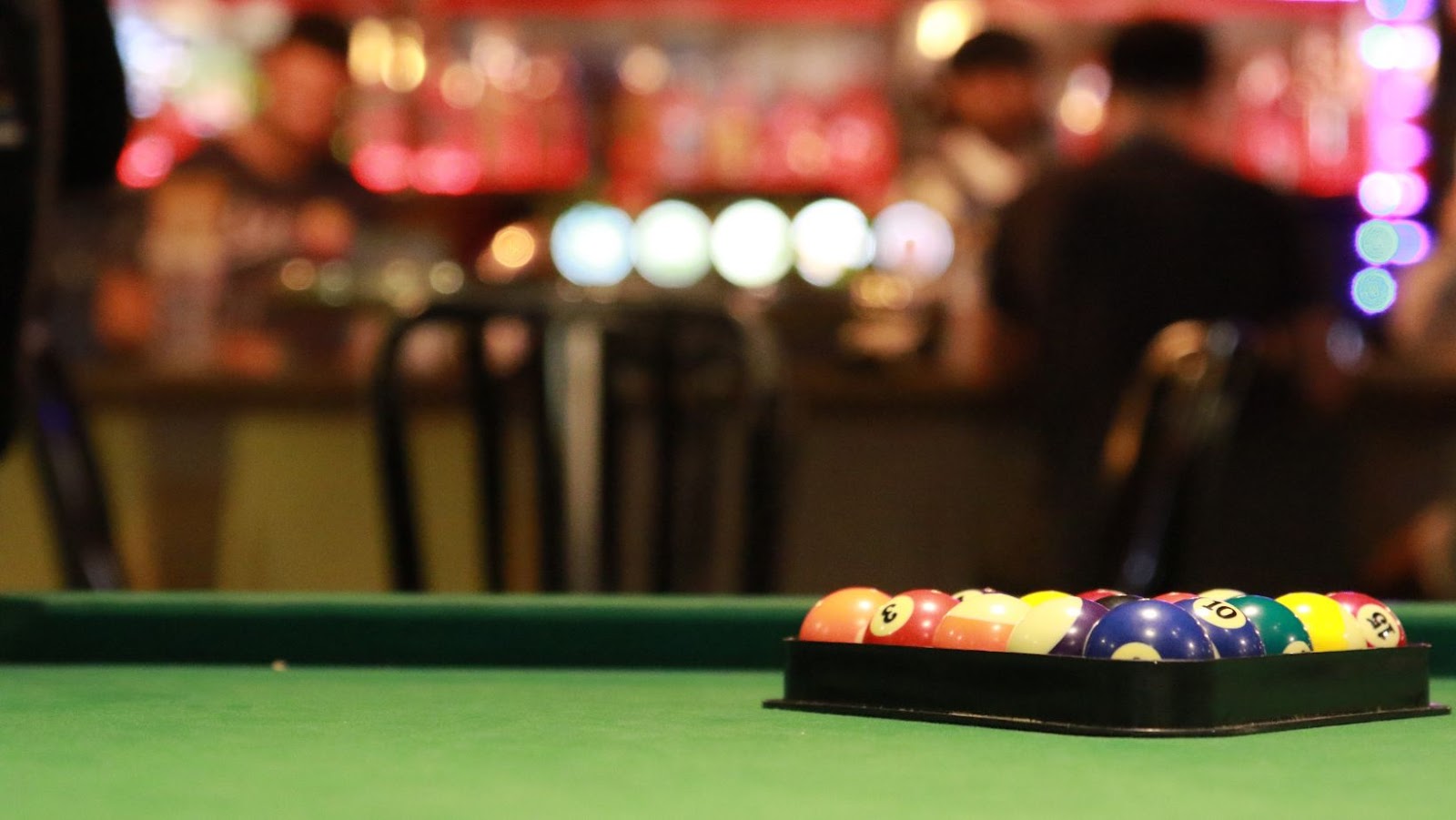Are you confused by the difference between a pool table and a billiard table? We’ll provide an in-depth comparison of these two beloved games to help you make an informed decision.
You will learn all about their differences, benefits, and drawbacks so that you can make the best choice for your recreational needs.
Pool tables, also known as billiard tables, are an increasingly popular game addition to homes and recreation rooms alike. People from all walks of life enjoy the challenge that games on these tables present. But before you purchase a pool table, it’s important to understand the differences between the two terms. While pool and billiards can often be used interchangeably, there are some important distinctions between them.
Pool is a game most people recognize and know how to play, although there are various variants within it. Generally it involves aiming a cue ball at a set of numbered and colored balls in order to put them into pockets on the playing surface. Then each player takes turns with their respective cue ball until all of their respective object balls have been sunk into one or more pockets. Pool is normally played on coin operated table with small pockets while billiards is played on much larger tables with deeper pockets and may not require coins or tokens for access or play.
Billiards originated in Europe as an outdoor game involving target hoops placed around outdoor courses similar to croquet courses without any actual holes or pockets in which to sink the balls as seen today in modern pool tables. Billiard cues were invented about two centuries ago and gradually developed over time into their modern forms; although, some traditional forms are still popular today among billiard players who use techniques specific to their own particular versions of this game.
So when considering either purchasing, renting or relocating pool table vs billiard table it is important that you educate yourself on both terms before making your decision so that you fully understand what type of game each offers and make sure that you get exactly what you need for your gaming situation.
Definition of Pool Table and Billiard Table
A pool table and a billiard table are both special pieces of furniture designed for playing cue games. They differ primarily in terms of their sizes, with a billiard table being significantly larger than a pool table. The size discrepancy and differences between the games that are played on these tables make determining which type is right for you important.
The game of pool consists of two teams or players using sixteen balls and one cue ball to strike and pocket the other balls in accordance with specific rules. This game is usually played on smaller tables that measure seven to nine feet long, as opposed to billiards, which can be up to ten feet long and have multiple pockets. In terms of pockets, a typical standard pool table will have six pockets compared to the multiple pouch configurations for billiard tables.
Pool and billiards are two different but parallel games and require different strategies, techniques, physical ability levels, as well as mental discipline. Players also must use different sizes and types of cues depending on what they intend to play since they require different chalk tips when striking-off on either surfaces – Slate or wood-based felt; Pool being typically slate-based surface while Billiards having often wood aprons beneath their playing surface (felt). Therefore, it’s important to take into consideration the size limitations of your space when deciding which option is ideal for you before making your purchase decision.
Pool Table vs Billiard Table
Pool tables are more recreational, while billiard tables are more formal. A pool table is traditionally a “pocket billiards” game, and a billiard table is a table used primarily for the game of pocketless-cue sports.
Pool tables have six pockets to catch the balls, while the billiard tables do not. The thickness of padding underneath the cloth covering of a pool table should be 1 inch or greater, and that of a billiard table should be 5/8” or less. The size and style of pockets on any given table depend on what type of game it is intended for. Pool tables generally have larger pockets than those found on competition-style billiard tables.

When it comes to construction material, pool tables typically feature either slate or plastic; whereas billiard tables are constructed with either slate, granite or marble (or some combination thereof). Slate pool tables provide an added advantage due to their heft — they tend to remain more stable during play by providing additional surface level weight to prevent movement when shots are in play.
Finally, accessories that come with each type of game vary significantly as well. While both may come with cues and balls (sometimes chalk), only pool often comes with other items such as racks and triangle bridges that allow players to make tighter shots around clusters of balls on the playing field — an integral part in competitive play!
Types of Pool Table and Billiard Table
Pool table and billiard tables are two common names for the same type of table but there are actually several different types of pool or billiard tables. From traditional pub sizes to legacy models, there is a style to meet everyone’s needs.
Variable size options are available along with full-size 8-foot tables, though this type is best used in larger game rooms. A standard full-size pool table has six pockets and measures 108 inches by 54 inches with a bed height of 30 inches and a rail height of 35.5 inches.
Smaller sized variations like mid-size 7-foot tables, 6-foot bar boxes, or tournament size 8 1/2 foot floor models tend to be most popular in home game rooms due to their reduced costs as well as their spatial advantages and can fit comfortably into smaller areas like dens or small bedrooms. The mid-size 7-foot table measures 91 by 50.5 inches with rail heights ranging from 2 4/4 feet (33″) up to 3″and bed heights from 2 1/16 feet (25″) up to 3 3/8 feet (41″). As for the 6 foot bar box usually found in pubs or people’s homes these come in two sizes 48″x 24″ x 30 1/2″, 48″x 24″ x 32″. The tournament sized table comes at 9 ft, measures 108 x 60 with a 12 inch overhang on each end as well as an 11 inche overhang at each side for cue sticks when not in use, the regulation height being 31 – 33 inches bed height and 34 – 37 inch cushion heights respectively
Antique billiards tables remain popular today and although they may not play quite as regularly they remain iconic pieces that evoke nostalgia in the home environment They can range anywhere between 3ft to 10ft but all will share various traditional characteristics such as turned legs, cabriole legs and entry level examples will often have block legs finished off toward the bottomside by carved stylized pawfeet which form part of the overall design aesthetic..
Size of Pool Table and Billiard Table
Pool tables and billiard tables come in various sizes, with the most common table sizes ranging between 7-9 feet. Pool tables are typically larger than billiards tables and can come in three distinct sizes, full size (9×4.5 feet), mid-size (8×4 feet) or bar size (7×3.5 feet).
The size of your pool table or billiard table will depend on the space available for it as well as the type of game being played. For example, a full size pool table is recommended for playing an 8-ball game and a bar size pool table will be more suitable for a barroom sized area. Similarly, a mid-size billiard table is suitable for a social gathering by friends or family, while a full size billiard room is perfect for tournament play or serious hobbyists.
When measuring the space for these tables it’s important to remember that proper clearance is required on all sides to ensure unhindered playability as well as adequate cue stick length when shooting from all angles – roughly 4 ft per side should sufficient depending on the chairs used at each end of the table.
Cost of Pool Table and Billiard Table
Pool tables and billiard tables can be found in a wide range of prices, styles and sizes. The cost of a pool table or billiard table depends on factors such as table size, quality of materials used, style and specific features that may be included.
For pool tables or billiard tables with basic features, there are usually three primary price points. For smaller sizes on the low end such as 6-8 footers made from synthetic material, prices start around $1,000. Mid-level prices for good quality 7-9 footers made from durable materials like hardwood vary between $2,000 – $3,500 depending on the design. For high end luxury tables 9 foot and larger with optional accessories like ball returns and leather drop pockets, you may be looking at spending upwards of $6,000+.
In addition to the price of the pool table or billiard table itself, you need to consider additional costs such as professional installation fees and accessories like covers and cue sticks which will bring the total up further. Regardless of your budget when shopping for a pool table or billiard table it is important to do your research in order to find the best option for your needs.
Maintenance of Pool Table and Billiard Table
Taking proper care of your pool table or billiard table is important in order to ensure years of faithful play. Most manufacturers recommend a light cleaning every two to four weeks to protect the finish and maintain the playing surface. To keep the pool table or billiard table in good condition, it’s important to keep room temperatures between 60-70°F, avoid sunlight and condensation, and all spills should be wiped up immediately.
Cleaning your pool table or billiard table surfaces regularly will help prevent dirt buildup, which can affect ball movement. Most manufacturers advise against deep cleaning your hardwood surfaces as this could damage the finish. You should use a dry cloth and gently wipe away any dust or pollen particles from each section of the pool or billiard table; avoid using any moisture while dusting as it could damage playing surfaces and rails. Make sure to also vacuum any felt on your pool or billiard tables; you should never use a brush on felted surfaces as this could cause snags on them.
In addition to weekly cleaning, most manufacturers suggest an annual professional maintenance and inspection for your pool or billiard tables in order to protect and enhance their life expectancy. An experienced technician will disassemble the equipment for careful inspection and cleaning before reassembling it, ensuring that all parts are at optimal performance levels for maximum playability.

When choosing between a pool table and billiard table, it is important to consider the design, construction materials and budget. There are many differences between a pool table and billiard table, but for most consumers who are primarily interested in recreational play, either type of table can be suitable.
Pool tables tend to have simpler designs and use fewer materials than billiards tables. Billiard tables may require larger spaces due to their size, heavier weight and increased number of rails and cushions compared to pool tables. Professional or competitive players may want to invest in a higher quality billiard table as it offers greater ball control due to its construction materials.
Ultimately, the choice between pool or billiards is personal preference.




No Comment! Be the first one.